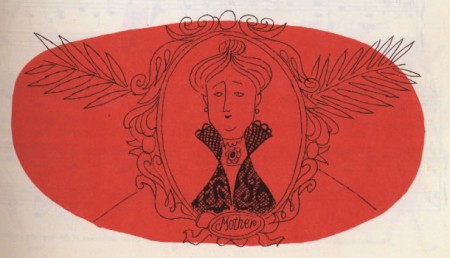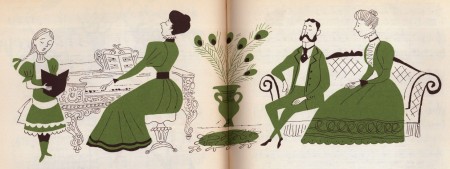Hard Times Come Again No More
I recently read an article about two families that reunited; one side of the family was white, the other was black. Their connection was a farm in 19th century Virginia. Of course, they were slaveholders and slaves. The inspiring part of the story was that both sides, when reunited, talked about the issue head on. They didn’t skirt around the elephant in the room.
I recall talking with my good friend Dori Tunstall at a conference. Tunstall is a family name we share, and we joked about how we might be related. Believe me, I’ll take credit any day to have someone as accomplished and intelligent as Dori in my family. While we were telling stories, we veered into a discussion about slavery, The people around us began to have that awkward smile on their faces, as if we had told a really offensive joke. I guess I should add slavery to sex, politics, and religion as subjects one shouldn’t discuss at a party.
I recently found images from one of my favorite books as a child, The Fireside Book of Favorite American Songs, Illustrated by Aurelius Battaglia in 1952. The site www.goldengems.blogspot.com is a treasure trove of fantastic imagery. Many of the images illustrate songs Stephen Foster wrote. Many of Foster’s songs have a romantic vision of the old south. The illustrations depict cavalier and chivalrous men, refined and delicate southern ladies, and happy slaves picking cotton. My mother is a true romantic, but when she read this book with me, she made it very plain that the reality was not as depicted.
Enjoying these images is a contradictory experience. They are light-hearted and well executed. But many of them are loaded with political baggage. We know the happy images are, in fact, portraying human beings in bondage. It would be easier to put the book away and pretend it doesn’t exist. I think it is better to look at these images, enjoy their technique, but understand them, and face the issue head on.











